
Top Attack: Antaeus Air Force's Signature Strike
Operating instructions:
Please ensure that your game runs smoothly when using it to avoid errors caused by lagging or other reasons.
Before launch, please ensure that the target remains locked and in the front hemisphere (frontal) of the fighter jet. The missile must maintain target lock throughout the engagement until either target signal loss or missile loses track occurs.
This missile employs a top-attack mode, initiating its dive when approximately 2 kilometers from the horizontal target. It is recommended to launch from a distance of at least 5 kilometers.
Due to the top-attack targeting protocol, the missile may struggle to hit the target if flying too high or fail to achieve vertical penetration if flying too low. Therefore, the recommended launch altitude is 3,000 to 4,000 meters above the target, with a maximum altitude of 5,000 meters.
Story:
The TH-10A, the third-generation product of the Skyfire series air-to-ground missiles, is the first airborne top-attack missile developed by the Antaeus Alliance and the second product of the FT Missile Program under the Fourth Military Reform (TFMR).
In 180, facing immense Post Cold War era (Cold War continuation) pressures, the nascent alliance urgently needed rapid military development to counter emerging threats. During a pivotal conference on "Modern Combat Doctrine," the Central Research Institute overcame opposition to establish "systematic multi-branch joint operations" as the future of warfare. They proposed the "Joint Firepower Strike" doctrine, launching the sweeping Fourth Military Reform (TFMR).
Per this doctrine, the alliance required diverse strike capabilities to address battlefield contingencies. However, existing weapons and guidance systems proved inadequate—rigid programming failed to meet demands for versatility. To overcome this, "Funky trees" technology was adopted to reprogram guidance systems. Thus, the "FT Weapon Program" became a top priority, as its success would determine TFMR’s effectiveness.
The FT Missile Program was divided into nine projects:
air-to-air, air-to-ground, anti-radiation, cruise, anti-ship, anti-submarine, ballistic, unpowered guided bombs, and powered glide bombs.
The TH-10A emerged as the inaugural air-to-ground missile.
Before development commenced, one issue remained: whether to redesign the guidance approach.
Historically, fixed programming limited missiles to direct-impact trajectories—an inflexible method often ineffective in complex scenarios. Thus, all groups except air-to-air were tasked with exploring alternatives.
After initial discussions, the air-to-ground team unanimously chose top-attack mode. This tactic destroys targets by striking weaker top armor, easily neutralizing heavily armored tanks (when ineffective, guided bombs would supplement). They argued: since FT missiles represented cutting-edge technology, top-attack capability was essential.
The team modified the guidance program, prioritizing horizontal distance over angle for dive initiation:
- Below 2,000 meters horizontally, the missile would dive toward the target.
- Before this, it would fly toward a point 1,800 meters above the target.
A flaw emerged: launch altitude variations caused dive initiation heights to deviate from 1,800 meters. Excess altitude risked missed targets due to insufficient maneuver time. Though this restricted TH-10A’s launch altitude, the trade-off was deemed acceptable—its ability to "crack open" enemy tanks outweighed limitations.
In 183, when the missile aced performance tests, it was hailed as the alliance’s new "iron hammer" against adversaries. Yet, all "FT Program Type-A missiles" were rejected outright by the Air Force.
They were too heavy.
Inexperience led every team to commit the same error: applying fighter-jet design logic ("lower wing loading equals better maneuverability") to missiles. However, imprecise control systems caused oscillation. Mistaking this for center-of-gravity issues, teams added ballast—increasing missile weight past three tons. Consequently, the new M-16A fighter couldn’t carry them operationally; only the less maneuverable M-25A stealth fighter barely passed.
Thus, the TH-10A was ultimately a failure. Yet its legacy held value—minor adjustments could resurrect it.
This marks the beginning of the TH-10B’s story.
Specifications
Spotlights
- SuperSuperTheSylph 5 months ago
General Characteristics
- Created On Android
- Wingspan 74.6ft (22.8m)
- Length 72.9ft (22.2m)
- Height 19.9ft (6.1m)
- Empty Weight N/A
- Loaded Weight 30,335lbs (13,759kg)
Performance
- Power/Weight Ratio 47.338
- Wing Loading 23.8lbs/ft2 (116.3kg/m2)
- Wing Area 1,273.5ft2 (118.3m2)
- Drag Points 3370
Parts
- Number of Parts 325
- Control Surfaces 4
- Performance Cost 2,600

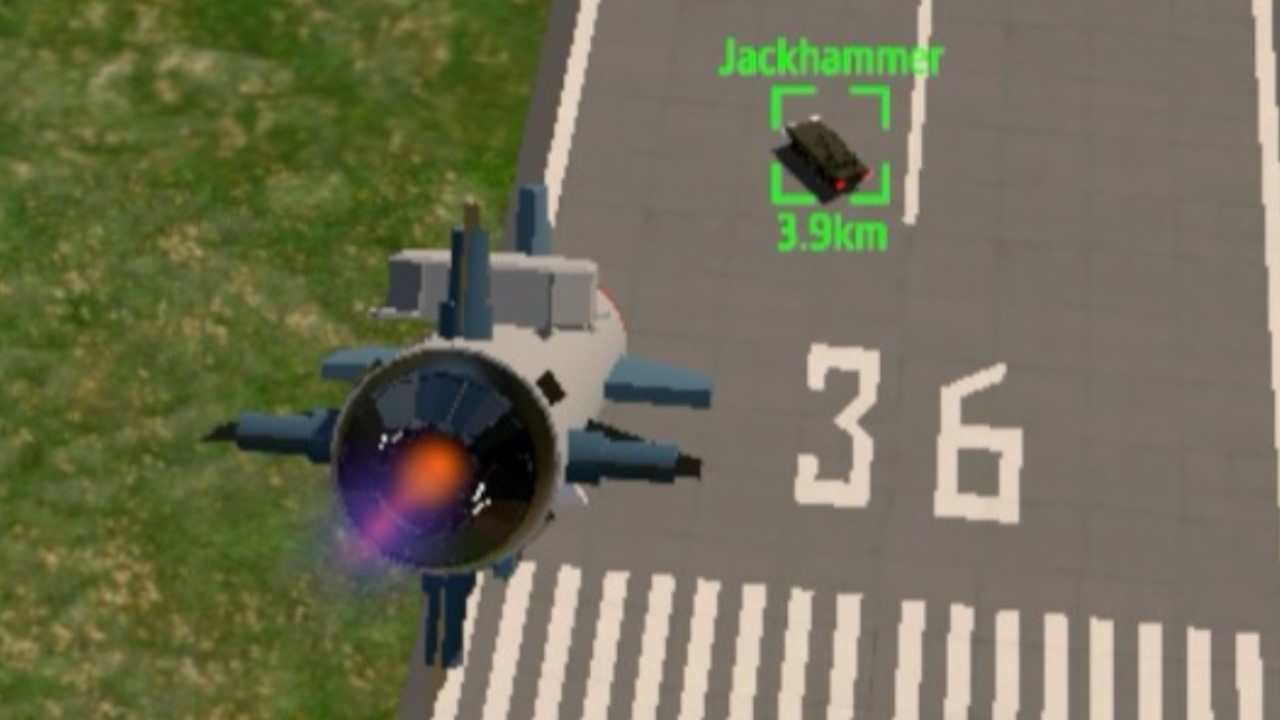
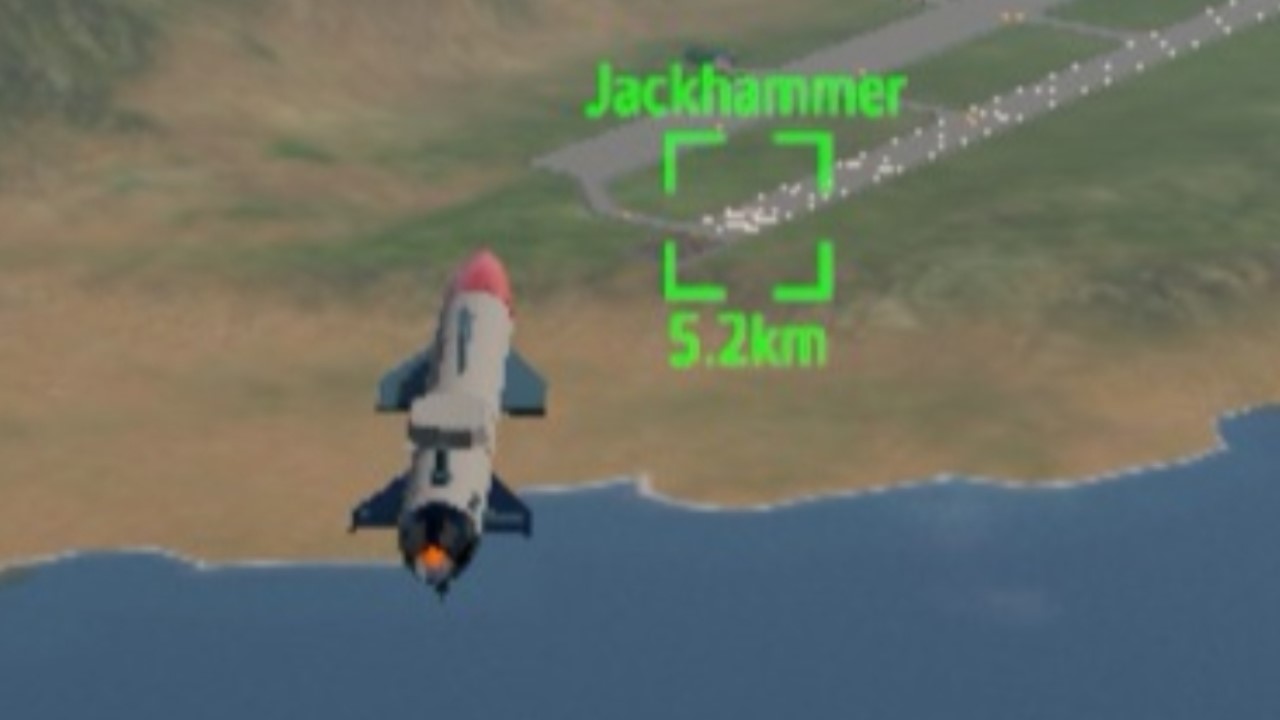
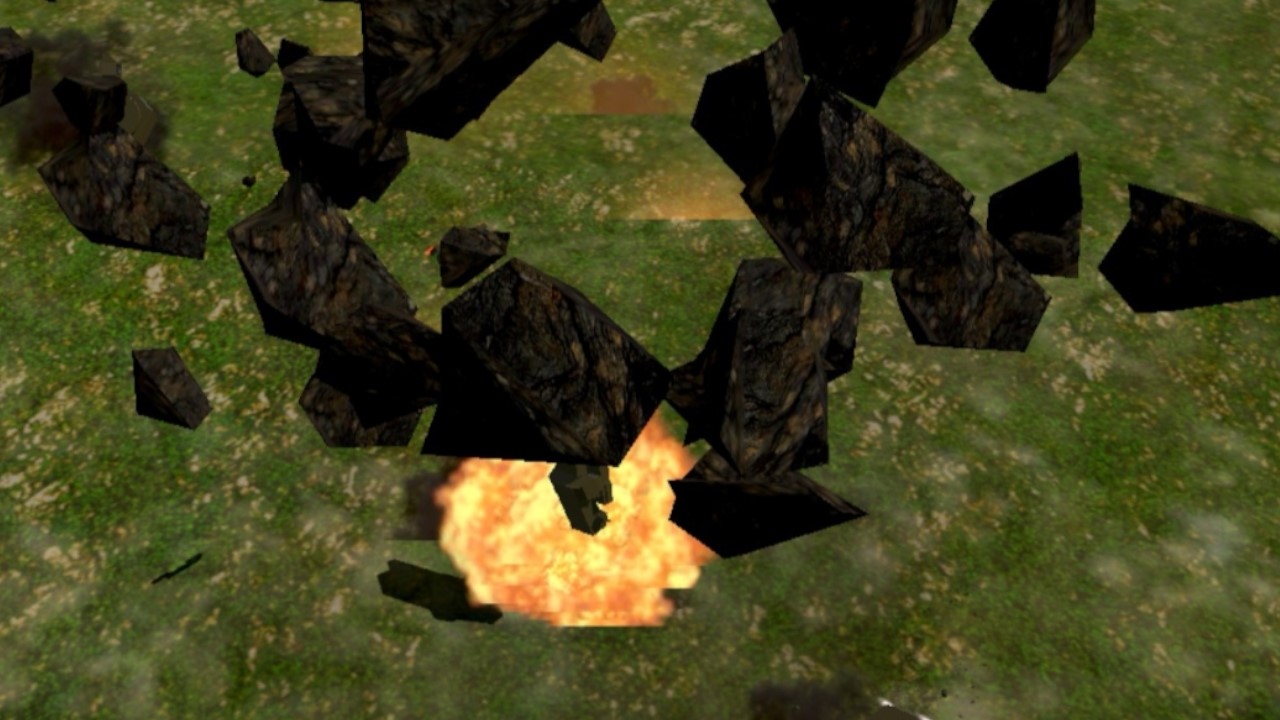
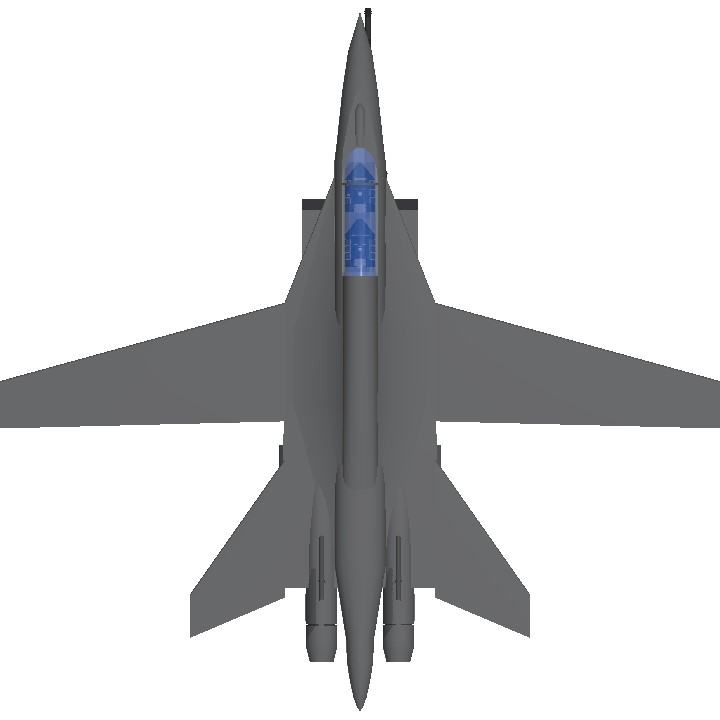
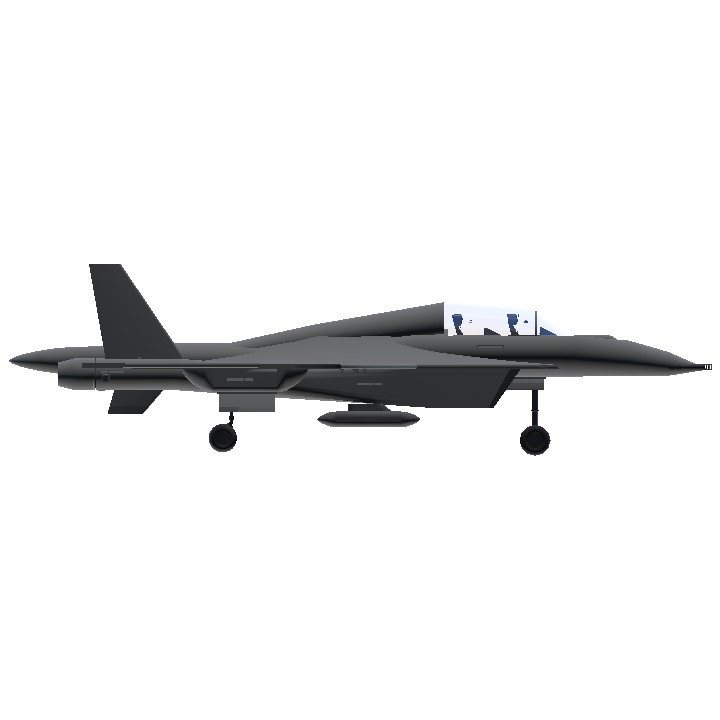
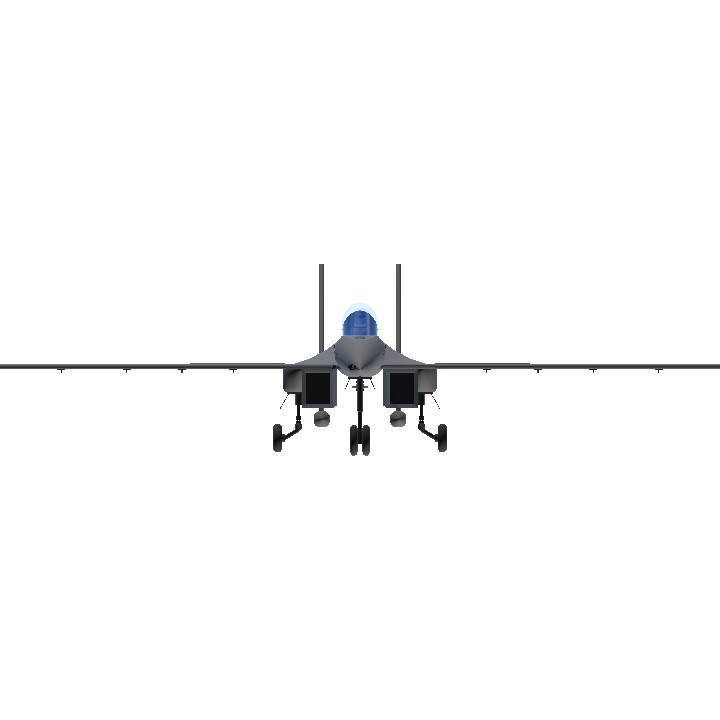
@JSTQ Oh cool :D
I’ve been playing (suffering) War Thunder
@BOSKnight I'm fine.
@JSTQ how you been?
@BOSKnight Oh yeah that's you, bro. You change your name, sorry
@JSTQ AeroTactical?
@BOSKnight … Sorry, but what does aerotac means?
@TheUltimatePlaneLover I just spent some time playing ARMORED CORE VI... Yes, I'm back, bro
@JSTQ sweet :))
New missile unlocked
Welcome back, old friend
@JSTQ what’s up mate! It’s aerotac
@SuperSuperTheSylph surely? I have been doing other things recently. But the good news is that I have a lot of inventory, such as this work from two months ago
also,been long since i saw you,hru?
Javelin vibes
@TheUltimatePlaneLover